With 180 competitors, 12 million spectators, 3.5 billion television viewers and 21 stages that include 2,200 miles of racing, the Tour de France is the largest sporting event in the world. But today's tour is a far cry from the strange, humble and even controversial early versions of the longest bike race in the world.
In July 1903, five months before Orville and Wilbur Wright first soared through the air in Kitty Hawk, N.C., more than 60 men attempted to ride their bikes 1,500 miles around the entire country of France for their chance at a 12,000-franc grand prize. Only 10 finished the entire race, and Maurice Garin became the race's first champion.
In the years since, the tour has weathered its share of controversies: doping, cheating, boozing and tragic deaths, making the ultimate test of endurance as persistent and determined as those who compete in it.
The Invention of the Impossible Race
1 of 11
If there's no news to report, invent news to report. That's exactly what L'Auto, a struggling sports magazine, did when it invented the Tour de France. The magazine's hope was that this long, nearly impossible race would increase readership. They figured correctly. The race increased L'Auto's magazine sales six-fold.
The Colossal First Stages
2 of 11
Perhaps a little too ambitious with the impossible race, the first tour's stages were an average length of 250 miles. Of course, there were only six stages, and the race organizers gave cyclists multiple rest days to recuperate between each stage.
Conversely, the longest stage in 2015 is a "mere" 145 miles, and cyclists only receive two days of rest through 21 stages.
Broken Bikes = Broken Dreams
3 of 11
Riders were not allowed to replace damaged bikes until 1923. The initial rule stated cyclists must use the same bike from start to finish. Also, cyclists could not receive any assistance in mending their bikes. If a rider had a flat or broken chain, the cyclist had to fix the issue himself.
Today's tour allows cars loaded with extra bikes to follow the peloton if any issues occur.
Night Riding Was the Only Way to Go
4 of 11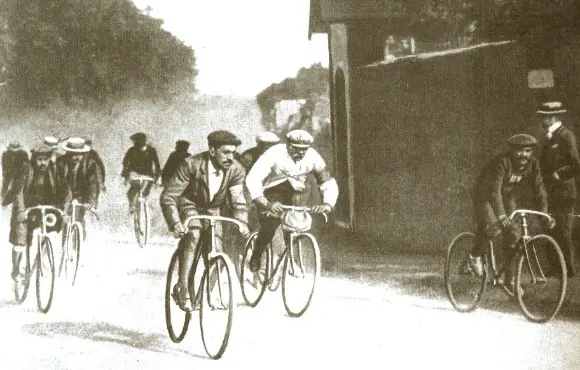
All but one stage of the first Tour started before dawn, and cyclists rode the bulk of most stages at night. With each stage going a colossal 250 miles, and cyclists averaging a mere 12 miles-per-hour pace (they go about 25 mph in today's), a single stage lasted more than 20 hours. If you do the math, you can figure there are a number of dark hours in a 20-hour span.
Today, stages start around noon and last about five hours.
Disqualifications Are Nothing New
5 of 11
During the second Tour de France, several cyclists were disqualified for boarding trains and catching car rides to their final destinations—and those at the top of the leaderboard were not immune from such dishonesty. After an investigation, the French Cycling Federation disqualified the top four riders, including Maurice Garin (pictured), the tour's first-ever winner.
Cheating is as old as sports themselves, and nothing has changed. The Union Cycliste Internationale (UCI) has stripped nine of the past 15 winners of their yellow jerseys.
Riding Across France on a Fixie
6 of 11
At the whim of L'Auto owner Henri Desgrange, riders were restricted to riding only fixed-gear bikes from 1903 to 1938. Desgrange believed multiple gears impaired the sport's purity and simplicity. Most couldn't complete a single stage on a fixie, much less an entire tour. In addition, the first tour bikes had wooden rims and weighed more than 30 pounds.
Of course, riders today have 20-plus gears on their bikes and sometimes struggle to meet the tour's minimum weight requirement of 14.9 lbs.
Didn't Finish a Stage? Don't Worry About It
7 of 11
In the first Tour de France, cyclists who did not complete a stage were still allowed to compete in subsequent stages. In fact, the winner of the second- and third-ever stages, Hippolyte Aucouturier, failed to finish the first stage.
At this year's Tour de France, like every Tour de France since 1903, if a cyclist fails to complete a stage or finish within a minimum time of the overall leader, he is disqualified from the remainder of the tour.
A Brief History of Teams at the Tour De France
8 of 11
L'Auto initially set up the race for individuals only, and the individual riders were allowed a pacer for the first and final two stages only. The tour eventually invited teams, but until 1925, the rules prohibited their members from pacing one another. Despite this animosity toward teams, the following three years the tour was a giant team time-trial. And from 1930-1961, the tour admitted only national teams to the competition.
Today, the tour invites 20-22 teams with nine members each to compete. The teams are instrumental in crowning stage winners, overall champions and the king of the mountains. The teams are also international in their make-up.
Dehydrated? Try Some Beer
9 of 11
Until the 1960s, Tour de France cyclists often drank beer, wine, coffee and even hard liquor to power their way through stages. Fans often provided drinks along the road, and cyclists quenched their thirst with whatever liquids they could snatch. Cyclists even took breaks at bars and taverns in the middle of stages.
This could not be any further from today's Tour. Teams obsess over their riders' hydration, ensuring they're receiving the proper fluids at the right amounts.
No Yellow
10 of 11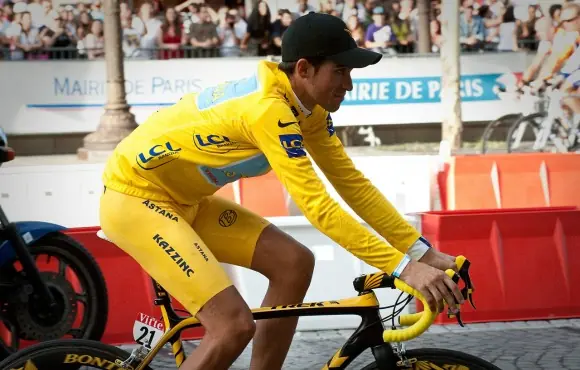
The first leader of the general classification at the Tour de France did not wear the famous maillot jaune, but a green armband. By most accounts, this tradition continued until 1919 when L'Auto manufactured a jersey for its race's leader to match the magazine's yellow newsprint.

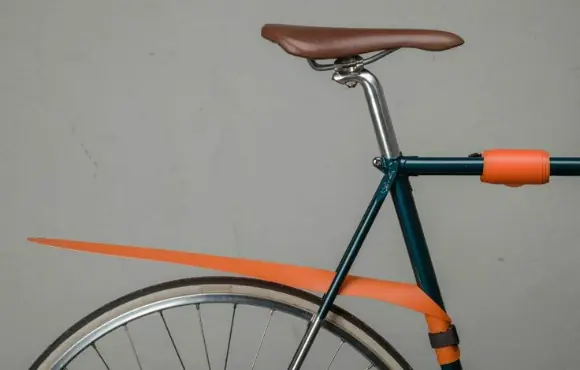
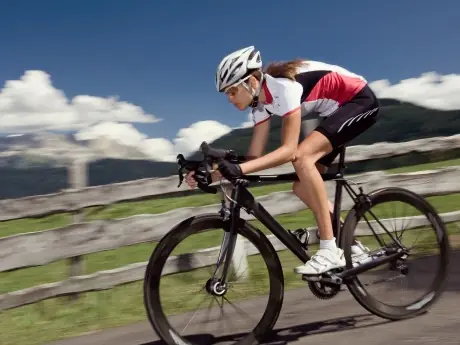


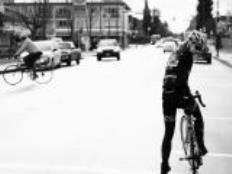

Discuss This Article